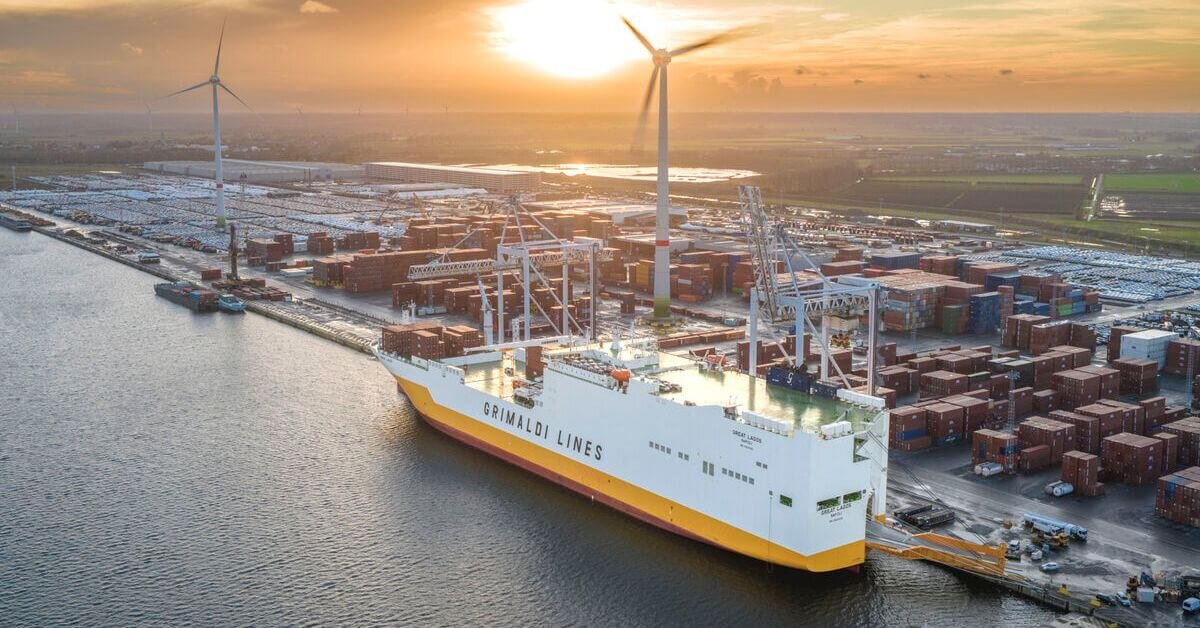Wärtsilä’s retrofit package for the Corsica Linea ferry ‘Pascal Paoli’ has resulted in fuel savings of up to 22%, a gain in energy efficiency which has been made possible by the installation of a new twin screw CP propeller system with blades optimised for the ship’s operating profile, the Wärtsilä EnergoProFin energy saving propeller cap, a controls retrofit, and combinator curves for the ship’s various operating modes.
These upgrades, which were completed at the end of 2024, were validated through CFD (computational fluid dynamics) open water simulations, and confirmed during sea trials with the chief engineer. In monetary terms, the fuel savings equate to an estimated US$ 7,700 per trip. The related reduction in emissions represents a significant step in Corsica Linea’s decarbonisation journey, allowing the company to remain compliant with carbon emission requirements.
Xavier Esnault, Energy transition project manager, Corsica Linea, said: “We are extremely happy with the efficiency improvements resulting from this Wärtsilä retrofit package. The fuel savings are important, both from a cost perspective, as well as supporting our decarbonisation strategy to reach a reduction of 40% of our CO2 emissions by 2030.”
The Pascal Paoli is a 174m ro-pax ferry operating between Marseille and Bastia. Ferries are considered to be on the front line of the energy transition and are among the first sectors to target net zero-carbon operations. At the same time, operators are expected to provide a reliable, efficient on-time service, while keeping operating costs under strict control.
Andrey Dudko, Product Manager, Propulsion, Wärtsilä Marine, said: “Ferry operators, such as Corsica Linea, are looking to leverage technologies that offer minimal service disruption and a maximised return on investment, all while reducing their carbon footprint. For this reason, the fuel efficiency upgrade carried out on the ‘Pascal Paoli’ was done with the aim of supporting Corsica Linea with achieving these goals.”
The Pascal Paoli operates with two Wärtsilä 46 engines per shaftline. It has a number of operating modes, including sailing and manoeuvring with one or two engines per shaft line. The changes resulting from the retrofit project did not impact the vessel’s manoeuvrability.
This upgrade comes at a time when ferry operators are under increasing pressure to decarbonise. The IMO’s new net-zero framework through the GHG fuel intensity (GFI) provides a clear incentive for operators to invest in energy-efficiency solutions, such as the technologies leveraged for this retrofit project. By placing an explicit price on GHG emissions, IMO has sent a strong market signal that energy efficiency technologies and alternative fuel solutions must be part of every shipowner’s toolkit. This framework encourages industry stakeholders to invest in immediate operational improvements, explore onboard abatement solutions, and accelerate the roll-out of sustainable fuels.
Wärtsilä’s retrofit package has resulted in lower emissions for the ‘Pascal Paoli’ (credit: Corsica Linea)





